Retro Replay Review
Gameplay
Track & Field delivers a straightforward yet addictively challenging arcade-style sports experience. Players select from a series of Olympic events—ranging from the lightning-fast 100-meter dash to the precision-demanding javelin throw—and must mash buttons or time presses perfectly to achieve top results. Each event feels distinct thanks to varied control schemes: sprints test raw speed, throwing events rely on build-up meters and angle selection, and jumps require split-second timing on takeoff.
One of the game’s defining features is its qualification system. To advance from preliminaries to finals in each event, you must meet increasingly demanding benchmarks—either shaving hundredths of a second off your sprint times or adding meters to your throws and jumps. This progression curve keeps you on edge, turning each run or throw into a nail-biting quest for improvement. Repeated attempts foster a true “just-one-more-try” mentality that remains satisfying decades after its original release.
Track & Field also offers a two-player mode in which competitors take turns attempting each event. While alternating play may feel old-school compared to modern split-screen or online multiplayer, it adds a social, party-game vibe, especially when you’re huddled around a single controller or NES pad. Friendly rivalries quickly emerge as players trade best times, distance records, or clutch performances in the skeet shooting and archery events on the NES version.
Graphics
For its era, Track & Field’s visuals strike a solid balance between clarity and charm. The sprites are small but well-animated, capturing the looping motions of sprinting legs and the wind-up of a hammer throw with surprising fluidity. Backgrounds are minimal—typically a static stadium or field—but they’re clean and free of visual clutter, ensuring you always know exactly where your athlete stands in relation to the finish line or foul boundary.
Platform variations introduce subtle graphical differences. The arcade cabinet version boasts the brightest colors and most detailed athlete poses, while the NES iteration adapts the palette to the console’s hardware limits, resulting in a slightly more muted but still vibrant display. On the MSX and Famicom ports, background elements are pared back further, but the essential gameplay animations remain intact, ensuring a consistent visual identity across systems.
Despite the simple presentation, Track & Field manages to convey the spirit of the Summer Olympics through its clean HUD design. Timers, distance readouts, and gauge meters are always front-and-center, rendered in bold digits that are easy to read at a glance. This focus on readability over flash keeps the action immersive; you never lose track of the critical information needed to perfect your performance.
Story
Track & Field doesn’t offer a narrative in the traditional sense, but it channels the competitive ethos of the Olympic Games effectively. Each event serves as its own mini-story: the roar of the crowd in the 110-meter hurdles, the tense moment before a javelin toss, the thrill of barely clearing the high jump bar. Your personal journey—improving times, setting new records, battling CPU-controlled rivals—becomes the game’s de facto plot.
The lack of cutscenes or character backstories is actually a boon, keeping you focused on the immediate challenge rather than distractions. You create your own narrative with every near-miss in the long jump or last-second surge in the 400-meter dash on the MSX version. This emergent storytelling, born from repeated attempts and evolving strategies, gives Track & Field a timeless appeal despite its era-specific presentation.
For those who crave more context, the game evokes the celebratory pageantry of an Olympic stadium: the graphic announcer panels, the countdown clocks, and the simple medal animations on event completion all contribute to a sense of occasion. You might start as an unknown sprinter in the preliminaries, but after successive gold-medal performances, you’ll feel the full weight of Olympic glory—even if it’s rendered in 8-bit splendor.
Overall Experience
Track & Field remains a compelling package for retro enthusiasts and newcomers alike. Its pick-up-and-play design makes it accessible to players of all skill levels, while the depth of mastery needed to consistently beat high thresholds ensures long-term replayability. It transforms household game controllers into virtual Olympic torches, lit by the thrill of competition.
The game’s variety of events across different versions—100-meter dash, hammer and javelin throws, long and triple jumps, hurdles, skeet shooting, archery—ensures you’re never bored by repetition. Each new discipline introduces fresh mechanics and timing challenges. Even the platform differences (MSX’s 400-meter dash swap, Famicom’s pared-down roster) encourage curiosity about which version best suits your playstyle.
Whether you’re reliving arcade days at home or discovering Track & Field for the first time, the overall experience holds up remarkably well. It rewards dedication, fosters friendly competition, and distills the Olympic experience into bite-sized, action-packed events. For anyone seeking a fast-paced, skill-based sports title with genuine retro charm, Track & Field is a gold-medal pick.
 Retro Replay Retro Replay gaming reviews, news, emulation, geek stuff and more!
Retro Replay Retro Replay gaming reviews, news, emulation, geek stuff and more!
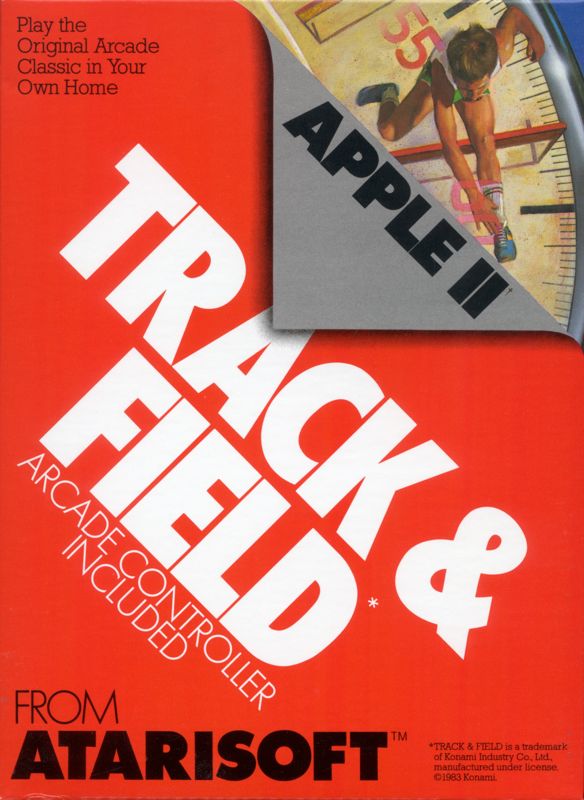
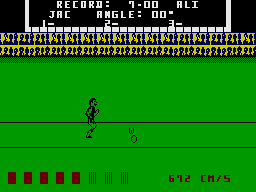

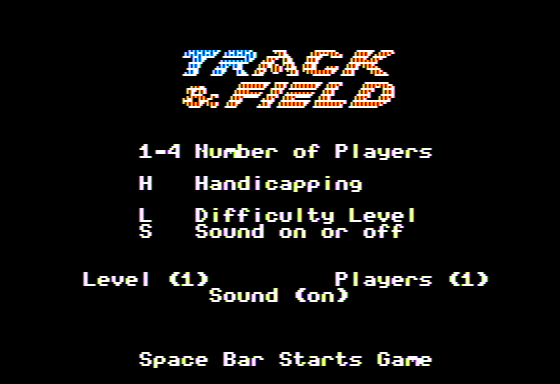
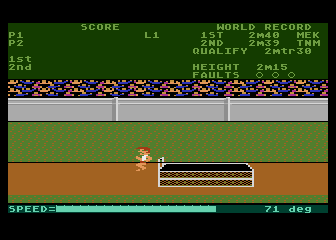
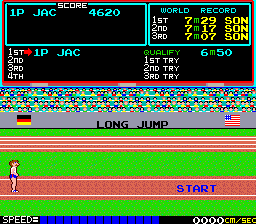



Reviews
There are no reviews yet.